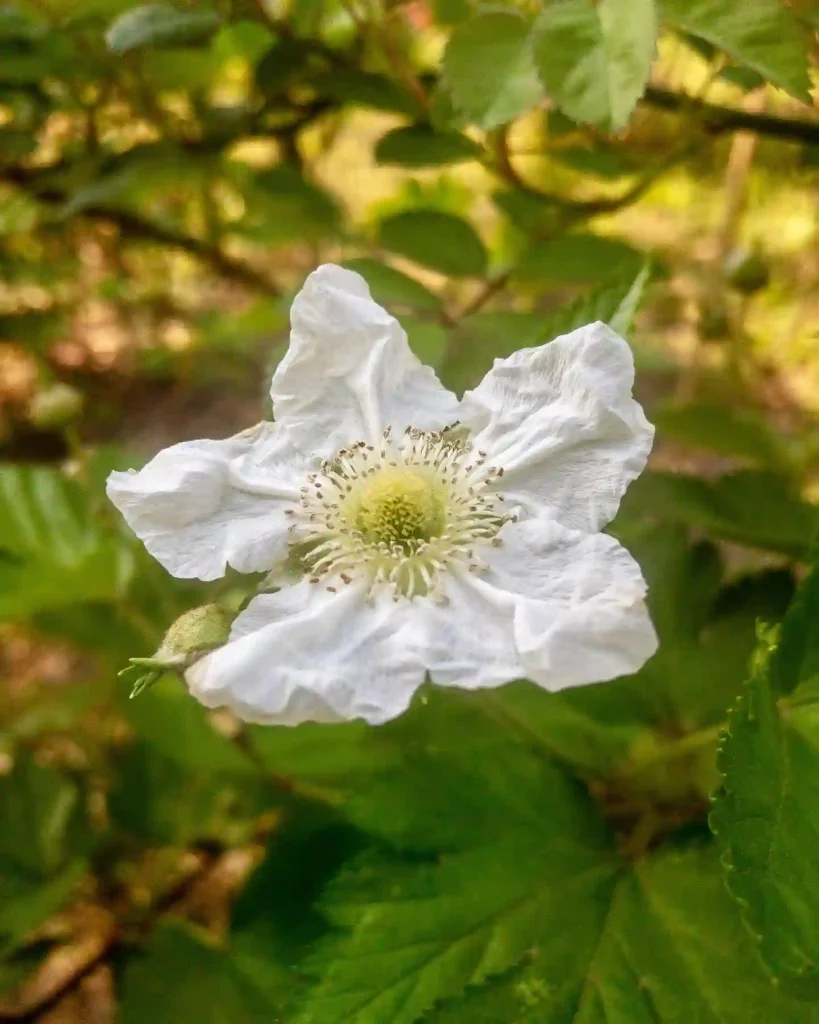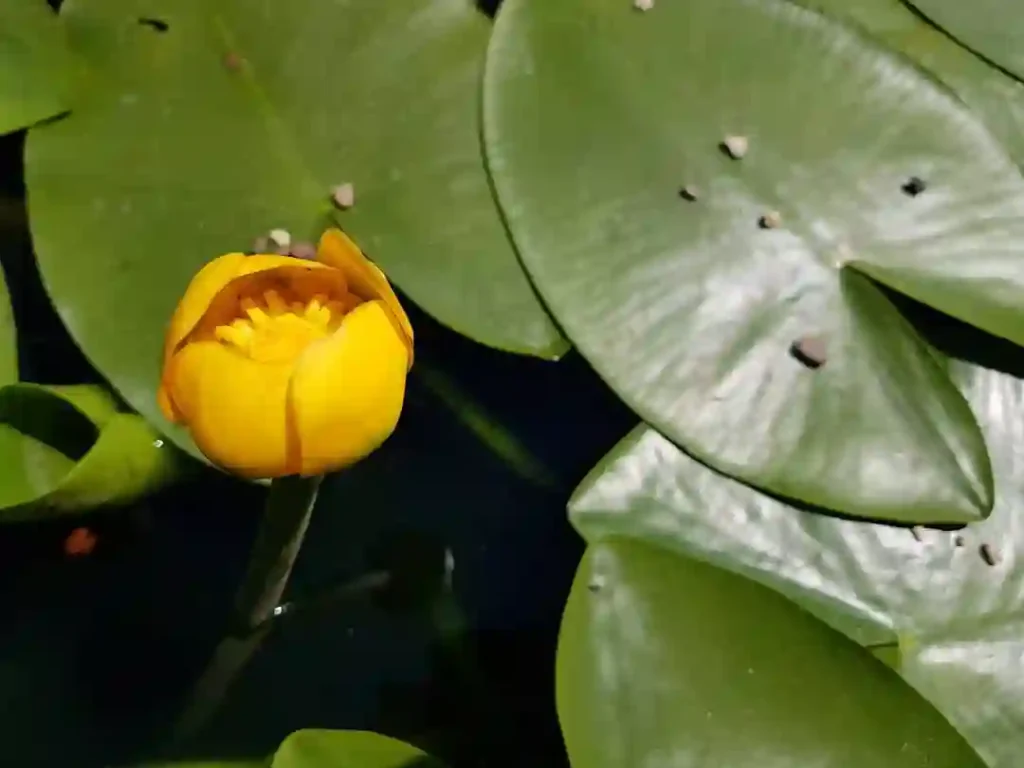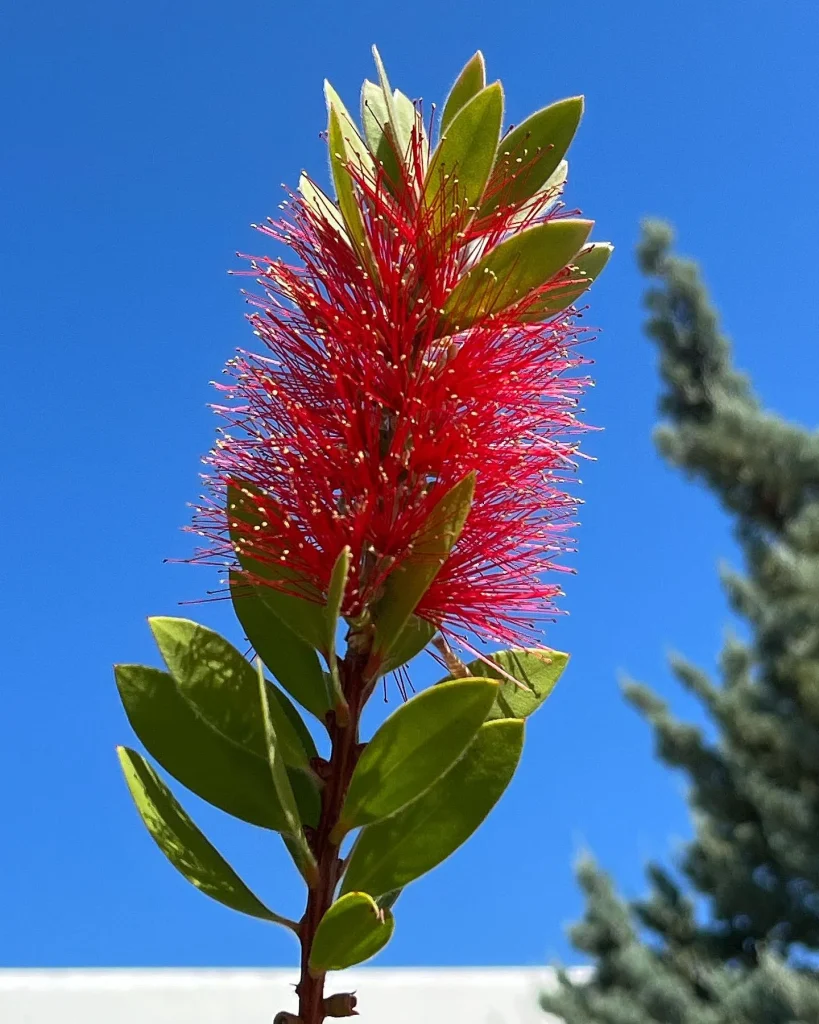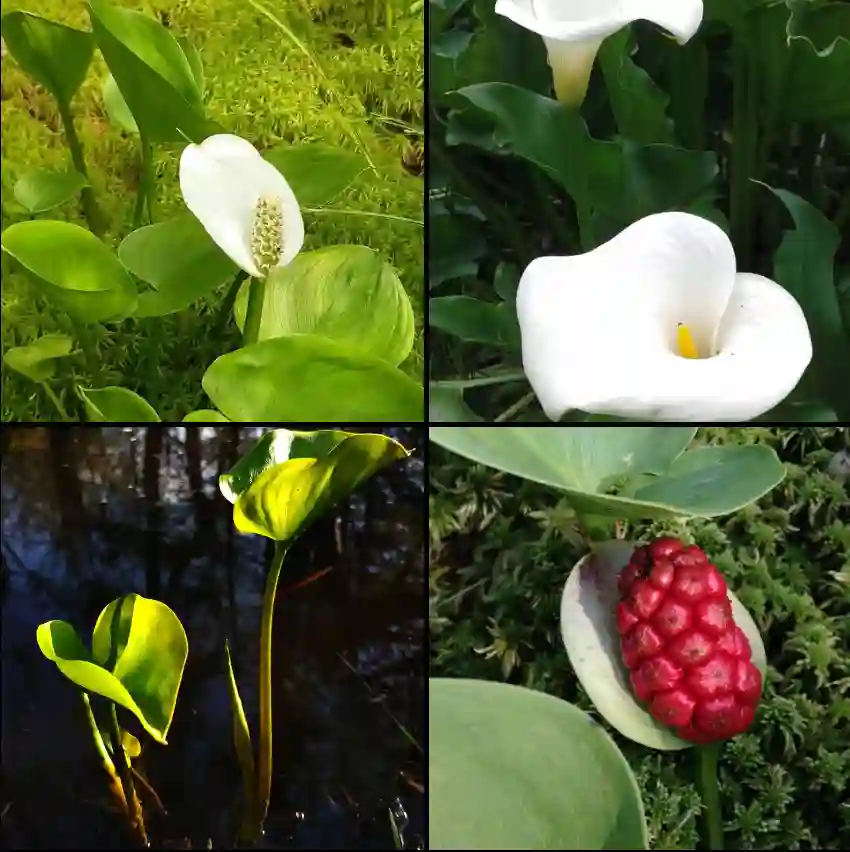What is Hoya Macgillivrayi?
Hi there, Ferb Vu here, and today we’re diving into the world of the Hoya Macgillivrayi, an eye-catching climber native to Australia. This beauty boasts not only stunning foliage but also fragrant, star-shaped blooms.
Over the years, I’ve been captivated by Hoyas, and the Macgillivrayi holds a special place in my collection. Let’s address some common questions fellow plant enthusiasts might have.
566 Species in Genus Hoya
Light: Bright Indirect, the Key to Success
Imagine a thriving rainforest understory. That’s the ideal light situation for your Hoya Macgillivrayi. Direct sun can scorch the leaves, so avoid south-facing windows. East or west with some sheer filtering is perfect. Signs of insufficient light include leggy growth and a reluctance to flower.
Water: The Art of Finding the Balance
These Hoyas are like camels, storing water in their fleshy leaves. Overwatering is a cardinal sin, leading to root rot. The key is to let the soil dry completely between waterings. A moisture meter can be your best friend here. Wilting leaves are a good indicator of thirst, but don’t wait until they’re completely limp.
Soil: Mimicking the Rainforest Floor
Think well-draining and airy. Opt for a succulent or orchid mix, or create your own by combining potting mix with perlite or coco coir. This allows for good air circulation around the roots, preventing rot.
Humidity: The Higher, the Merrier
Hailing from the tropical rainforests of Australia, your Hoya Macgillivrayi thrives in high humidity. Grouping plants together, using a pebble tray, or investing in a humidifier can create a more tropical environment. Regular misting can help, but it’s not a substitute for consistent humidity.
Temperature: Keeping it Comfortable
These Hoyas prefer warm temperatures, ideally between 65-85°F (18-29°C). Avoid sudden temperature fluctuations and keep them away from cold drafts.
Fertilizer: A Light Touch Does Wonders
During the active growing season (spring and summer), a diluted balanced fertilizer applied monthly can be beneficial. However, less is always more. Overfertilizing can damage the roots and hinder flowering.
Propagation: Sharing the Love
Hoya Macgillivrayi readily propagates from stem cuttings. Take a healthy stem tip with a couple of nodes, dip it in rooting hormone (optional), and plant it in a well-draining mix. Keep it moist and provide warmth and indirect light. Patience is key – new growth can take weeks to appear.
Common Issues and How to Fix Them
- Mealybugs: These sap-sucking insects look like cottony white fluff. Isolate the plant, dab the bugs with rubbing alcohol, or use insecticidal soap.
- Scale: These appear as hard bumps on the leaves or stems. Scrape them off with a cotton swab dipped in alcohol or use neem oil spray.
- Yellowing Leaves: This could be a sign of overwatering, underwatering, or lack of light. Adjust your watering routine and check the light conditions.
Hoya Macgillivrayi vs. Hoya Carnosa (Common Hoya): A Side-by-Side Look
Both Hoyas are beloved for their beautiful foliage and blooms. Here’s a quick comparison:
| Feature | Hoya Macgillivrayi | Hoya Carnosa (Common Hoya) |
|---|---|---|
| Leaf Size | Larger, up to 8 inches | Smaller, up to 3 inches |
| Leaf Shape | Elliptical, pointed tip | Oval, rounded tip |
| Flower Color | Mauve to deep purple | Pink, white, or red |
| Flower Fragrance | Sweet citrus and gardenia | Mild, honey-like |
| Growth Habit | Climbing, vining | Climbing, vining |
The Final Word: A Rewarding Addition to Your Collection
The Hoya Macgillivrayi is a stunning and relatively low-maintenance plant. With proper care, you’ll be rewarded with lush foliage and fragrant blooms. So, if you’re looking for a unique climber to add a touch of the tropics to your home, this Hoya might just be your perfect match.
If i die, water my plants!



